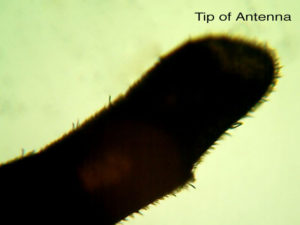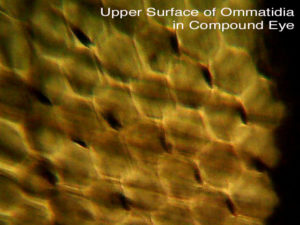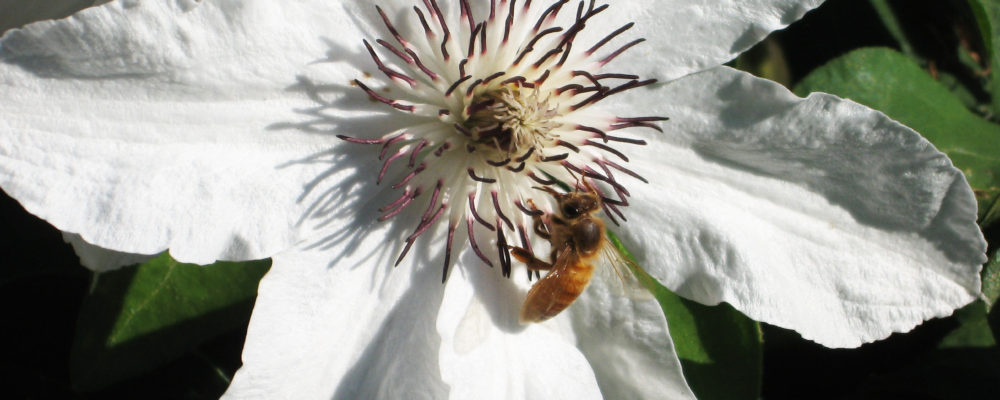A small, fuzzy honey bee makes her way to a clematis flower growing in a garden nearly two miles from her home. How did she find that flower?
This common occurrence tends to go without much notice—other than by some who see “bee” and think “sting”! Yet, as is true for so much else about this insect, it is cause for wonder.
For a honey bee first on the scene, we don’t know for sure how she found the flower! In general, it is thought that a foraging worker bee first cues in on a flower by fragrance. Yet, there’s also evidence that she uses visual cues. She’s attracted to flowers with several separate petals and relatively long outlines—and with color toward the blue end of the spectrum. For both means, she uses her senses.

Her sense of smell derives from sensors located on her two antennae—in particular, the eight subsegments of the antennae nearest and including the tip. In determining the source of a smell, she simply compares information received from the antennae and moves in the direction in which the smell is more intense. We use a similar process in tracking smells with our two nostrils.

The worker’s sense of sight is similar to our own as well, at least in terms of color, for her color vision too is trichromatic—i.e., based on perception of three colors. The colors differ somewhat, however. Whereas we are able to sense wavelengths from four hundred to seven hundred nanometers in length, the honey bee senses wavelengths in the range of from three hundred to six hundred and fifty nanometers. We use a system based on blue, green, and red; the honey bee uses a system based on ultraviolet, blue, and green. The cones in our eyes send signals to our brain that translate as color. The sensors for wavelengths accessible to the honey bee are located in the thousands of cone-shaped ommatidia that make up the insect’s compound eyes. The design is such that the honey bee’s view of the world resembles a mosaic.
I find it no surprise really that we don’t quite know how a honey bee first hones in on a particular flower. We, too, have more than one means. This spring, as you venture out into a world bursting with bloom, just notice when a flower draws your attention by way of smell and when through vision—shape, color, height. And then take some time to plant more for the bees!

